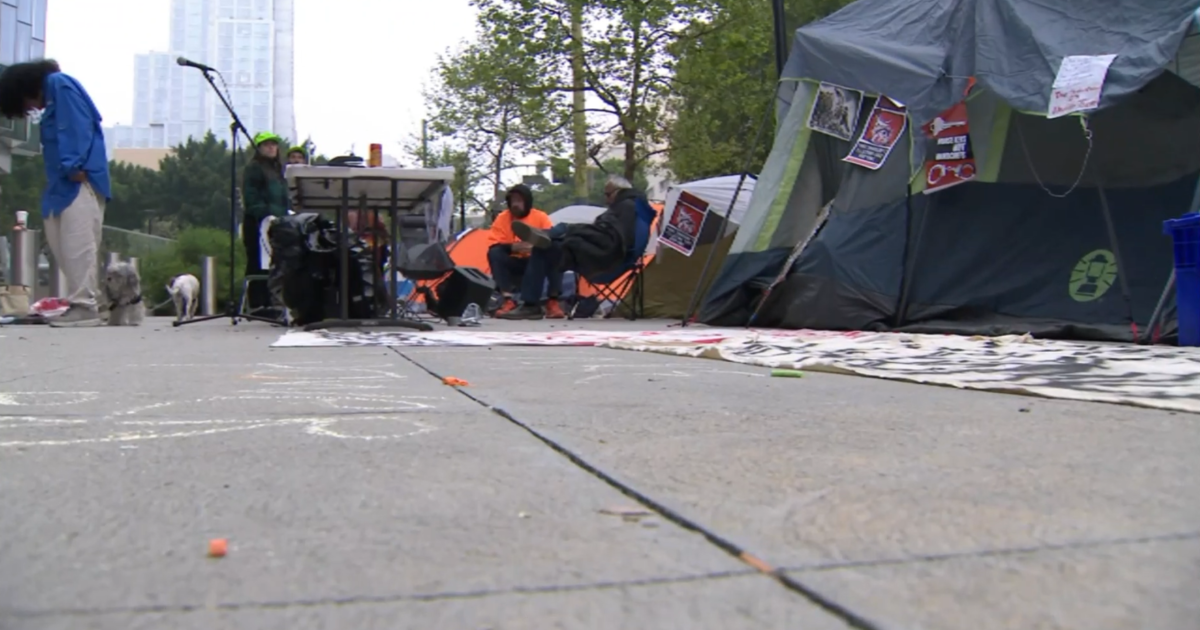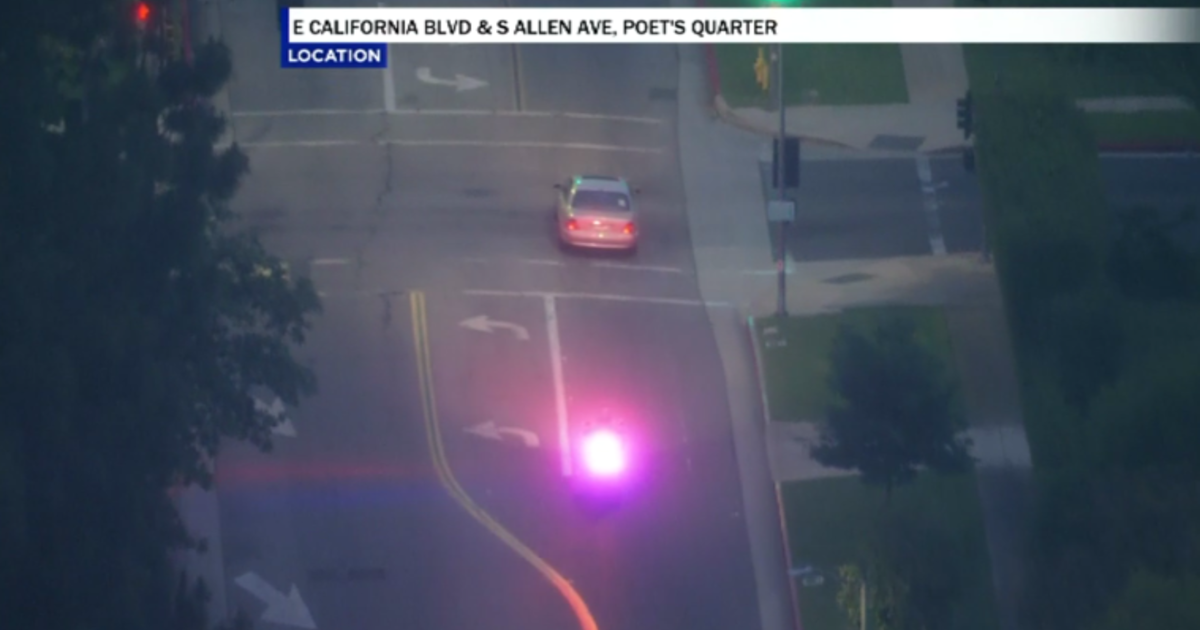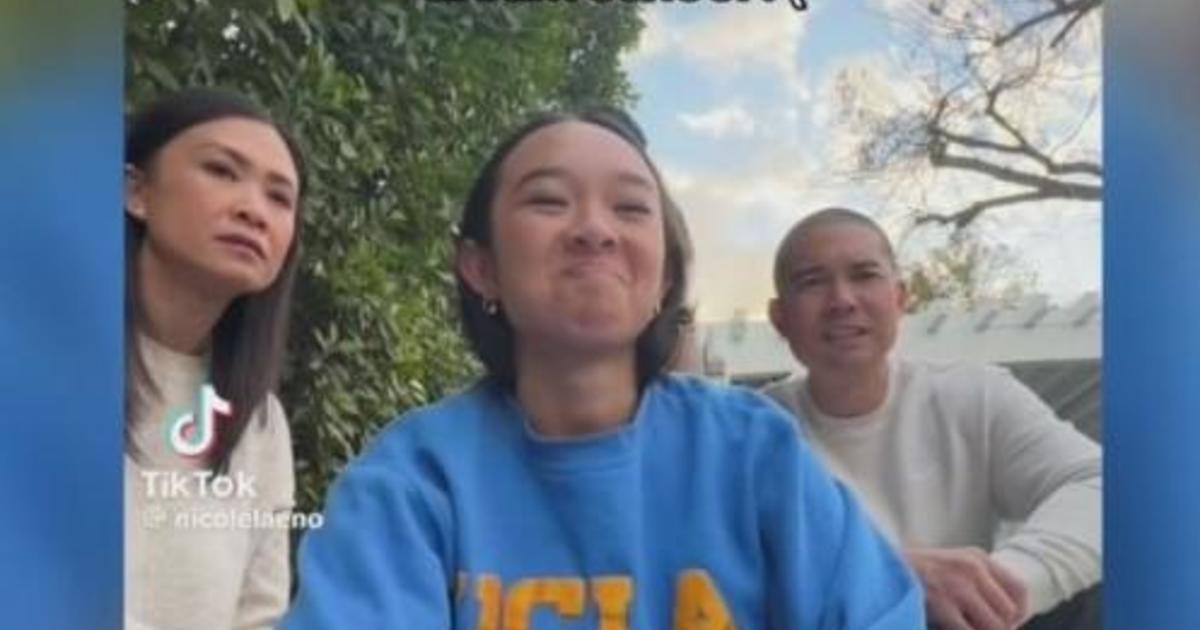CBS2's Stephanie Simmons Examines Causes Of Frustrating Traffic At Hollywood Split
LOS ANGELES (CBSLA.com) — While Los Angeles postcards show beaches, delightful weather and celebrity hot spots, the other, disparaging end of the spectrum recognizes LA for one drawback — traffic.
For many, traffic represents the principal price to pay for living in one of the country's most sought-after regions, with jammed freeways becoming just as well known to Angelinos as blue skies.
Among the most infamous traffic spots in the city is the CA-134/US-101/ I-170 interchange in the Valley, commonly referred to as the "Hollywood Split".
For as long as it has been around, the Hollywood Split has presented the question for drivers of why only some seamless transitions exist on these freeways, while others do not.
The freeways were originally meant to account for the various directions that people, traveling through the Valley, wanted to take.
This, however, never happened.
Motorists driving Westbound on CA-134 are unable to connect to the Southbound US-101, which heads down towards Hollywood. Instead, drivers are forced to exit at Cahuenga Blvd. and take Lankershim Blvd. for some time before finding an appropriate on-ramp.
Likewise, on the Southbound I-170, one must exit at Riverside Dr. and take Tujunga Ave. to find a route to the Northbound US-101, which proceeds up through the Valley.
An interchange from the Northbound US-101 to the Eastbound CA-134 also does not exist, giving drivers the resorting option of taking Vineland Ave. to Riverside Dr.
As CalTrans' Patrick Chandler told CBS2's Stephanie Simmons, the answer may be found in a lack of follow-through with the city's original transit plans.
"There was a big plan to build freeways all over LA County, and many of those freeways were never built," Chandler said. "One of those was, I believe, the Laurel Canyons freeway that's over there. And there were even plans back in the day to build the Beverly Hills freeway, which is, you know, a portion of Highway 2."
Chandler explains that the transit planners of Los Angeles during the development of the freeways did not have the numbers in population that the city currently has.
"When a lot of the freeways were built in this North LA area, the population wasn't here, you didn't have the same number of people," Chandler said. "So, we figured that we could be able to get people moving in the directions that they want to go to."
Meanwhile, there are reportedly no current plans to create any new transition roads or new freeways in, or around, the Hollywood Split area.
"To build a freeway, to create a connection just between the 101 and the 134 in certain areas, it's not as simple as it was about fifty or sixty years ago," Chandler said. "There is a really high cost to build connectors, to build freeways, to purchase property to do all the studies, it's a very, very high cost."
However, as Chandler explains, help may be on the way for motorists who find themselves having to take the detours.
"We work with the cities or different localities to try to have signage that's easier for people to follow."
For motorists in Los Angeles, any help is better than no help at all.



